I unfortunately have no pictures of my spice simulation since it's on a different computer, but I am attempting to create a Sallen Key lowpass filter with fc~=555Hz. I used the lowpass filter design on wikipedia's page on the topology with R1=2.26k, R2=16.5k, C1=0.1uF, and C2=0.022uF. This is the circuit:
The cutoff frequency seems correct, and begins to roll off at 40db/decade but the circuit stops rolling off at around 18kHz and rises at 20db/decade to 1.2Mhz.
From my understanding the circuit should continue to roll off into oblivion as the transfer function has no finite zeroes, so I'm not sure why I'm getting this result.
Any help would be appreciated.
